
Термопереносная пленка произвела революцию в мире кастомизированной одежды и декорирования тканей, открыв безграничные возможности для творческого самовыражения. Однако даже опытные мастера могут допускать типичные ошибки, которые снижают качество их проектов. Понимание этих ловушек помогает достичь профессиональных результатов.
СМОТРЕТЬ БОЛЬШЕ
Технология цифровой печати произвела революцию в индустрии виниловых материалов, открыв беспрецедентные возможности для бизнеса в различных секторах. От изготовления рекламных вывесок до персонализированной одежды — спрос на высококачественные виниловые материалы продолжает расти.
СМОТРЕТЬ БОЛЬШЕ
Термопереносная пленка произвела революцию в индустрии кастомизированной одежды и рукоделия, открыв безграничные возможности для персонализации одежды и аксессуаров. При выборе идеальной пленки для ваших проектов важно понимать, как различные материалы взаимодействуют с разными поверхностями и условиями эксплуатации.
СМОТРЕТЬ БОЛЬШЕ
Мир искусства переживает значительный сдвиг в сторону использования устойчивых материалов, поскольку творцы становятся все более осознанными в отношении своего воздействия на окружающую среду. Хотя традиционный декоративный винил уже давно является основным материалом в различных художественных приложениях, художники...
СМОТРЕТЬ БОЛЬШЕ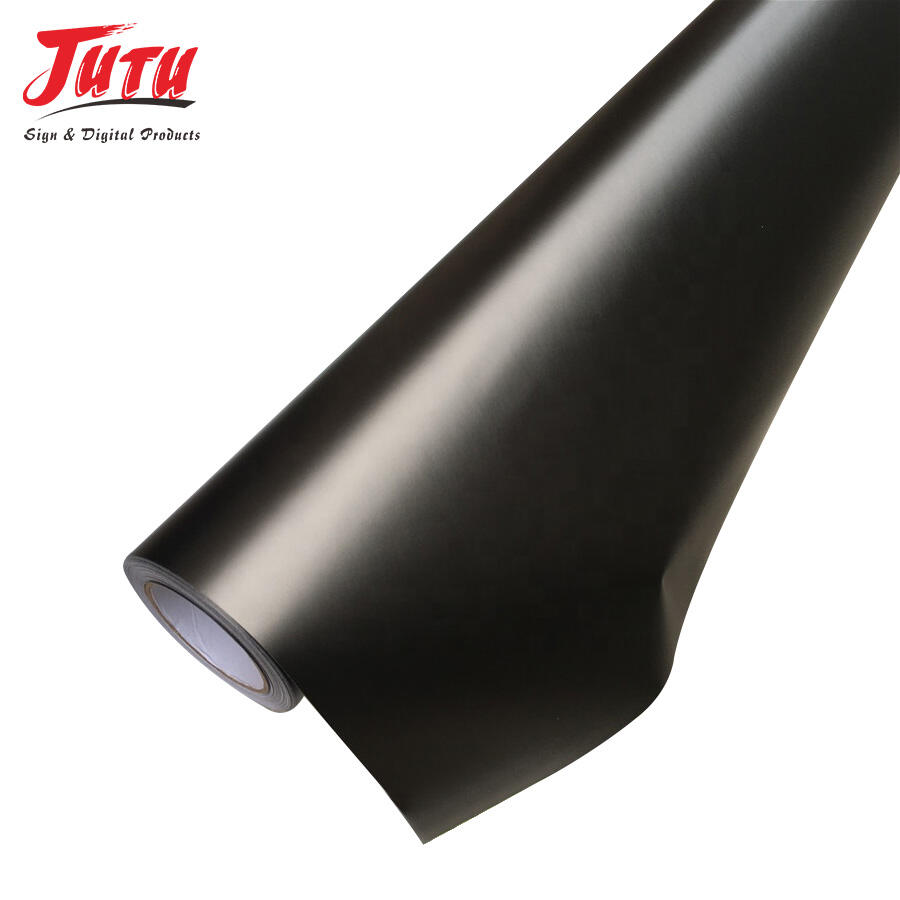
Хлопковый холст стал все более популярным выбором для любителей рукоделия, ищущих прочные и универсальные материалы для своих творческих проектов. Независимо от того, создаете ли вы предметы домашнего декора, авторские художественные работы или функциональные изделия, х...
СМОТРЕТЬ БОЛЬШЕ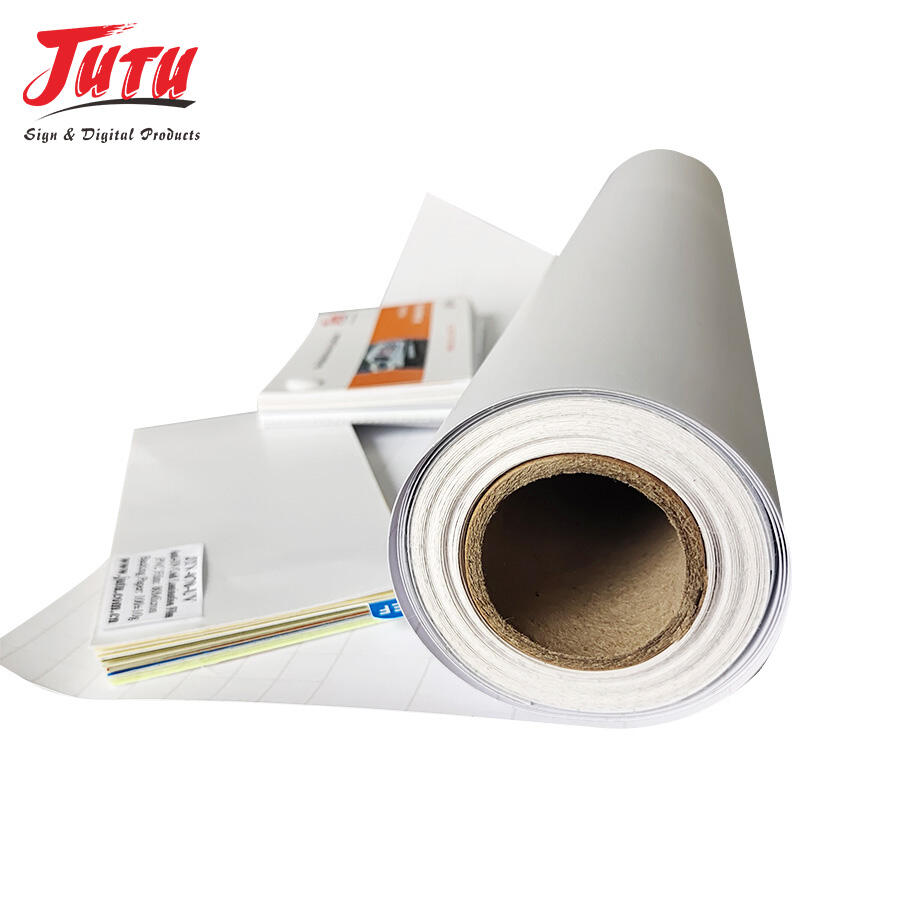
Эволюция современных технологий ламинации. За последние годы кардинально изменилась сфера защитных пленок и покрытий, где цветной винил стал прорывным решением как для коммерческого, так и для творческого использования. По мере того как...
СМОТРЕТЬ БОЛЬШЕ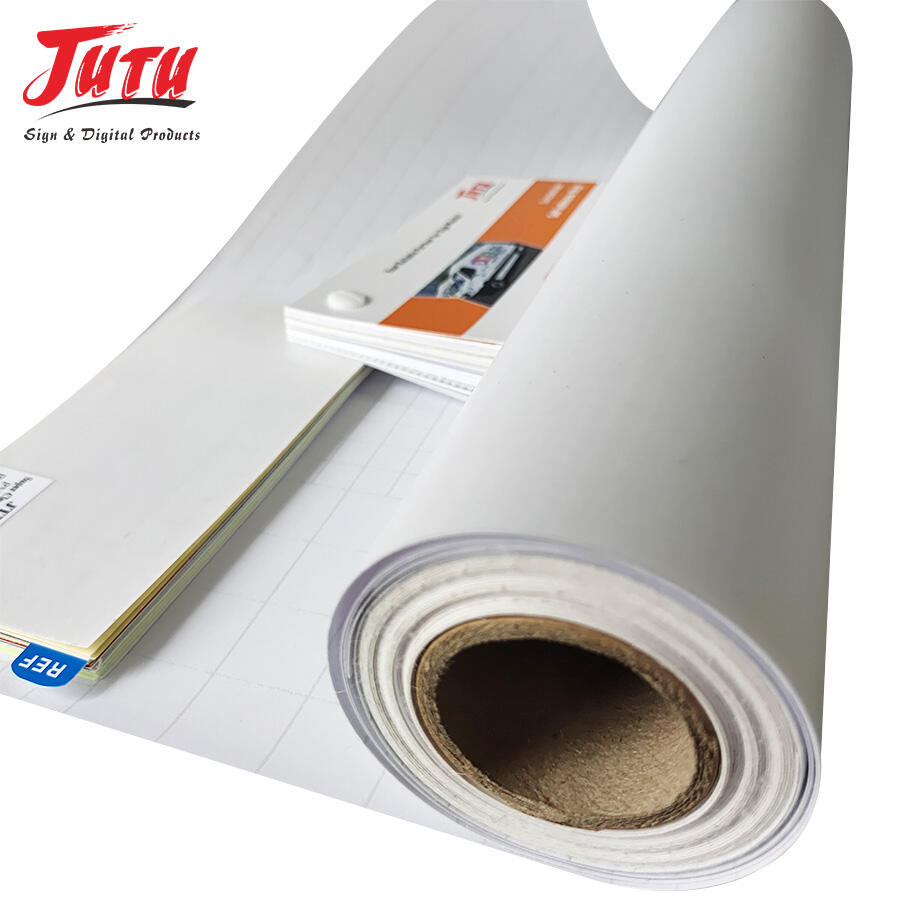
Понимание холодной ламинации в современной защите графики Холодная ламинация стала необходимым процессом в полиграфической и графической отраслях, особенно при работе с цветным винилом и другими печатными материалами. Этот защитный метод позволяет...
СМОТРЕТЬ БОЛЬШЕ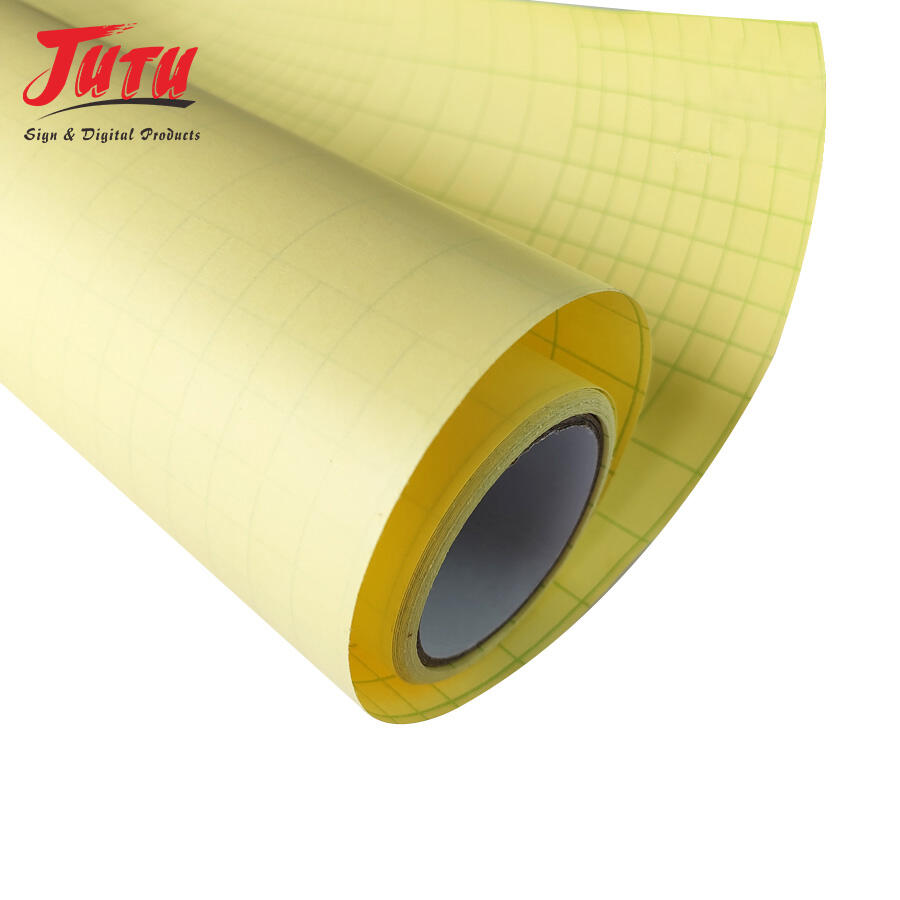
Принципы технологии холодной ламинации для печатных материалов. Холодная ламинация произвела революцию в способах защиты и улучшения качества печатной продукции, особенно при работе с цветным винилом и другими высококачественными материалами. Эта передовая технология обеспечивает...
СМОТРЕТЬ БОЛЬШЕ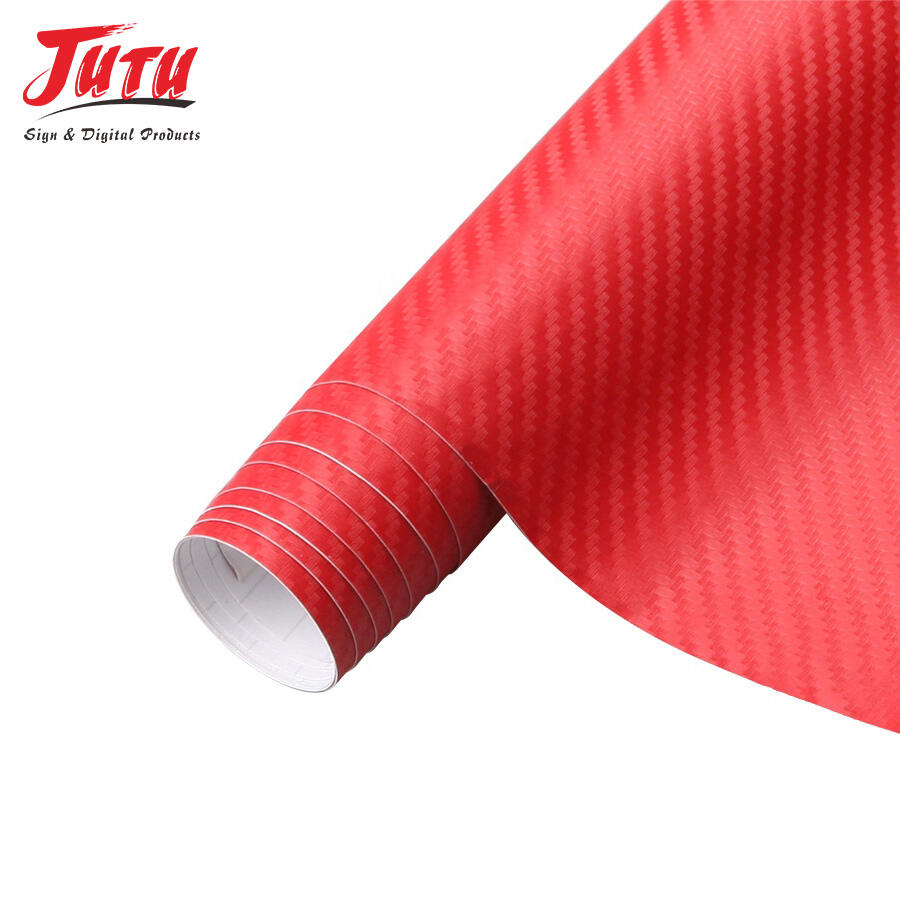
Преобразите свое жилое пространство с помощью современных виниловых решений Мир дизайна интерьеров переживает революционные изменения, поскольку домовладельцы открывают для себя универсальность и эстетическую привлекательность пленки для холодной ламинации. Этот инновационный материал стал...
СМОТРЕТЬ БОЛЬШЕ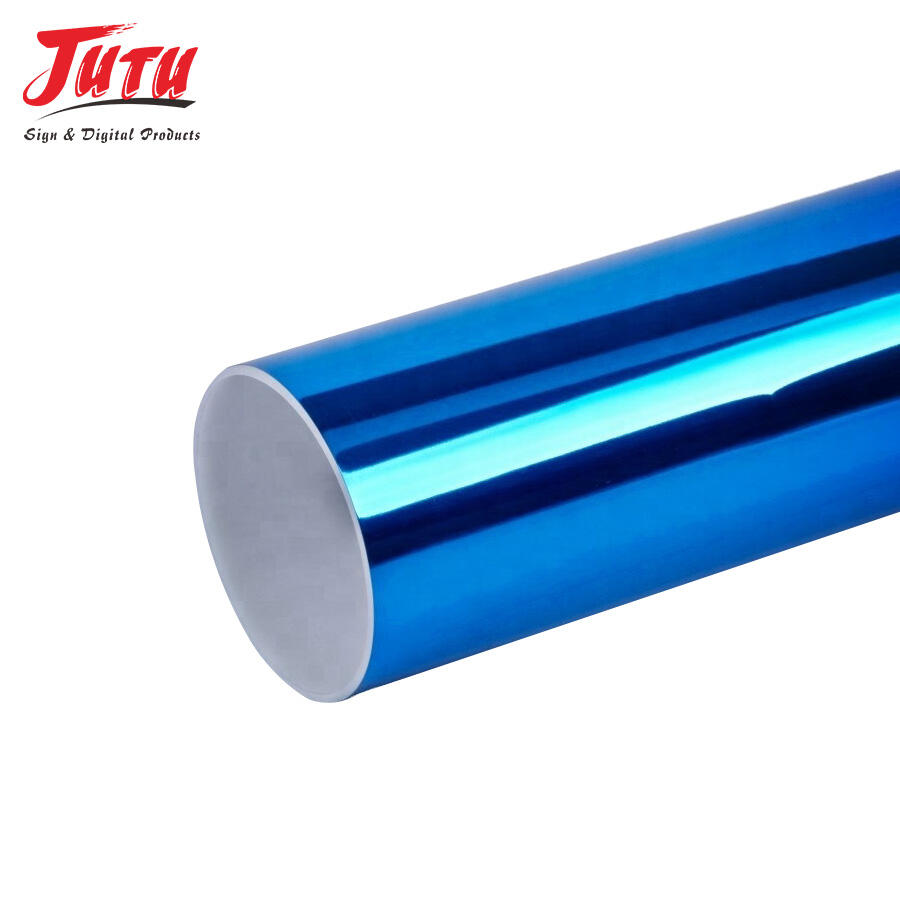
Полное руководство по профессиональному монтажу винила. Освоение искусства установки винила становится все более популярным как среди любителей самостоятельных работ, так и у профессионалов. Благодаря развитию технологии холодной ламинации пленки, достижение потрясающего внешнего вида стало возможным...
СМОТРЕТЬ БОЛЬШЕ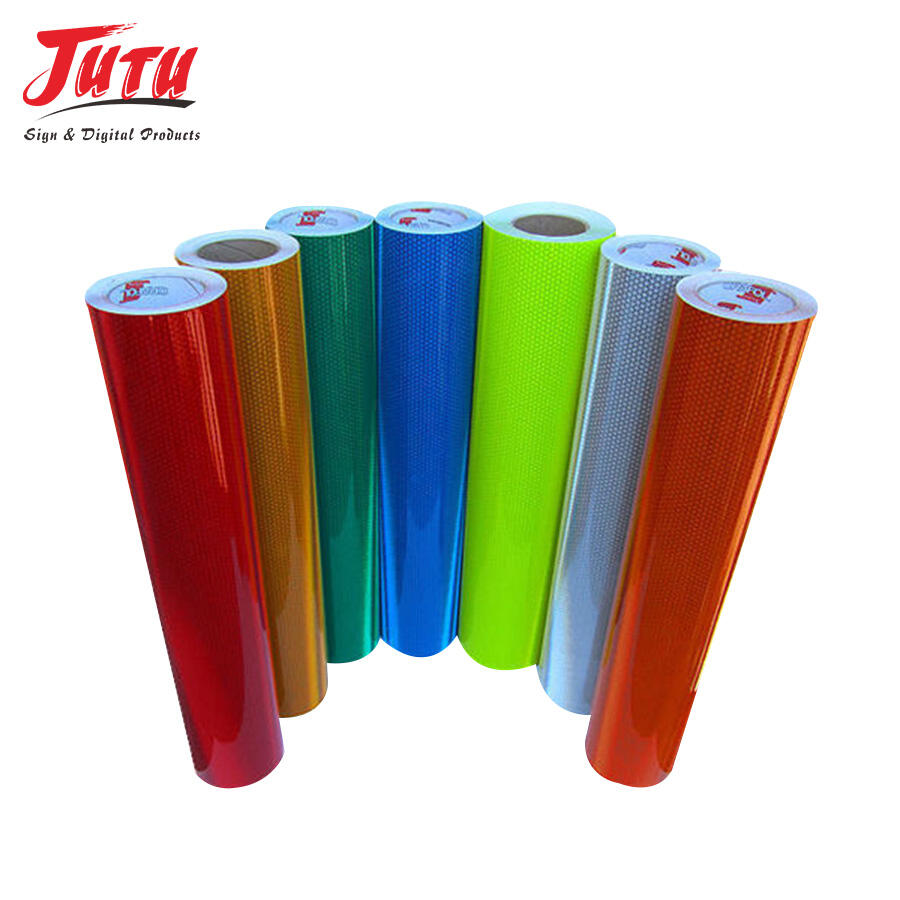
Понимание эволюции отражающих технологий в современных приложениях безопасности. Развитие отражающих материалов произвело революцию в приложениях безопасности во многих отраслях — от дорожных знаков до средств индивидуальной защиты. На переднем крае...
СМОТРЕТЬ БОЛЬШЕ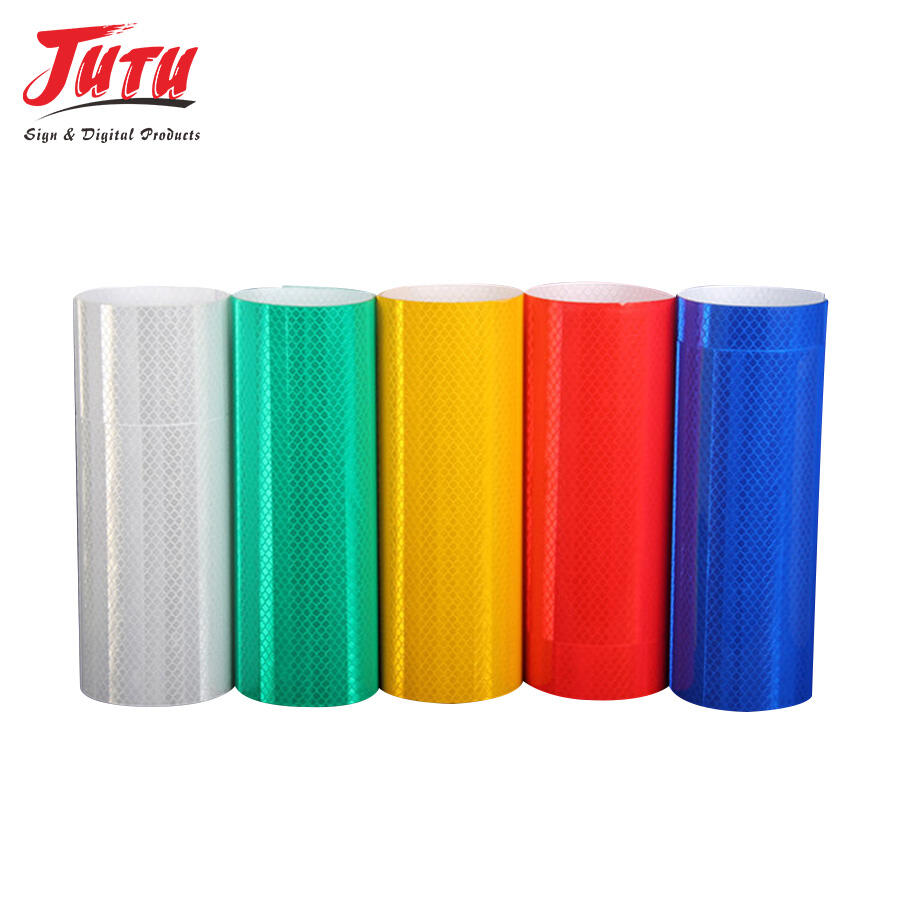
Освоение адгезии на сложных изогнутых отражающих поверхностях При работе с отражающими листовыми материалами на криволинейных поверхностях предотвращение отслаивания краев является одной из наиболее важных задач, с которой сталкиваются производители и монтажники. Уникальные свойства отраж...
СМОТРЕТЬ БОЛЬШЕ